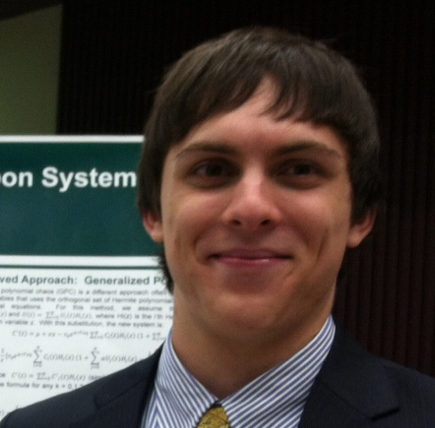In a wilderness search and rescue scenario, search radius increases and survivability decreases as the search goes on, so quickly finding the subject is critical to mission success. Aerial searches can provide fast coverage of an area, but manned aerial vehicles are costly in terms of fuel and man hours.
Unmanned aerial vehicles (UAVs) are more cost effective and easier to replace, but present their own challenges such as autonomous navigation. Using probability maps generated by computer algorithms and the ISRID database, this project uses an increasing-resolution approach to UAV path planning.
Starting with large search regions, effort is assigned to each area based on likely subject locations. Each search area is broken down into its own probability distribution and a new path is generated. This process repeats until each search cell is the desired picture size for the UAV’s on board camera. Greedy, hill-climbing with random restart, and Kadane’s 2012 algorithm are being considered for path planning stages. Once a path has been generated, it is mapped to latitude/longitude coordinates and uploaded to the on board computer, which feeds the waypoints into a flight controller.
Speaker Bio
Eric Cawi is a senior studying Electrical Engineering and Applied Mathematics. His work with the C4I Center began in 2011 developing search  and rescue probability maps for Dr. Charles Twardy. From 2012-2013, Cawi researched climate modeling and dynamical systems with Mason’s math department and in 2014 returned to the C4I center. Currently, he is creating a UAV Search and Rescue system for his senior design project and working as a learning assistant for a Calculus III section.
and rescue probability maps for Dr. Charles Twardy. From 2012-2013, Cawi researched climate modeling and dynamical systems with Mason’s math department and in 2014 returned to the C4I center. Currently, he is creating a UAV Search and Rescue system for his senior design project and working as a learning assistant for a Calculus III section.
Date/Time
02/02/2015
1:00 pm - 2:00 pm
Location
C4I Center ENGR 4705
